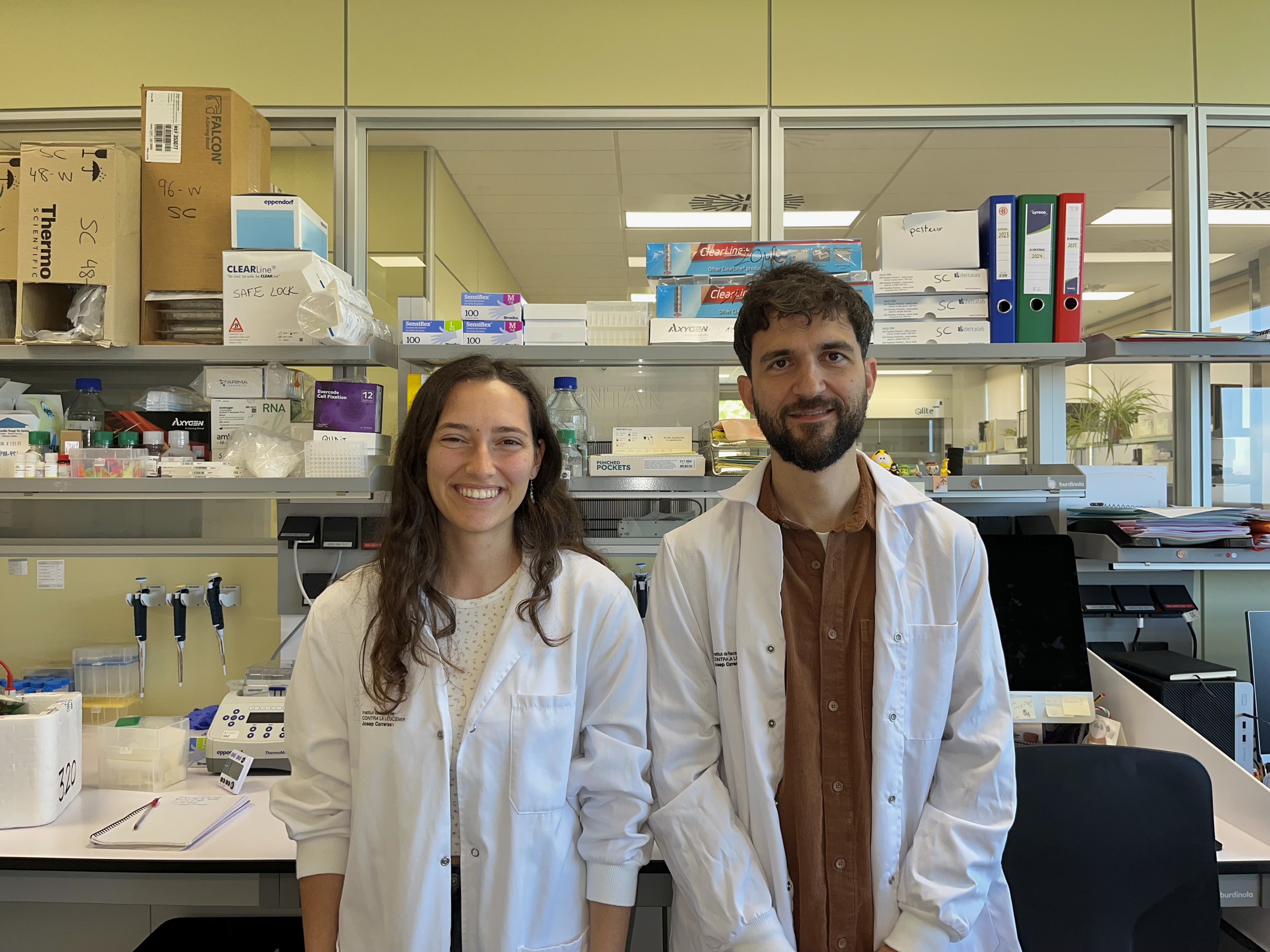23 de Maig de 2025 (12:00)
"Metabolic intervention in Myelodysplastic Neoplasm; Endoplasmic Reticulum Stress governs a splicing programme in healthy and malignant cells"
IJC Auditorium + Online
Inscripció
23 de Maig de 2025 (12:00)
IJC Auditorium + Online
Inscripció

